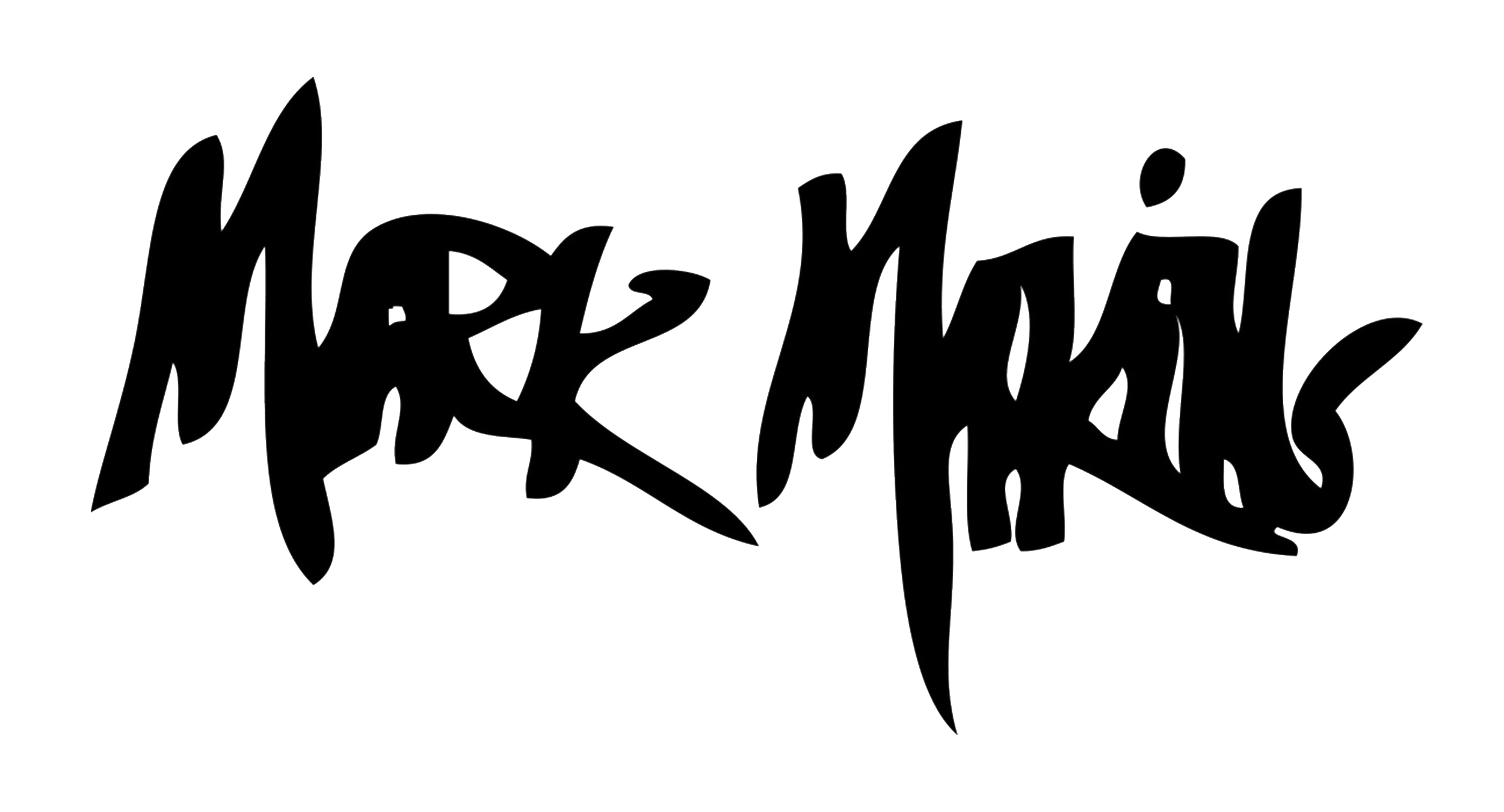History
Sometimes we have an opportunity to notice something that disrupts our status quo and inspires a new direction – in my case, a new career.
In 1998, I was one of a team of three artists tasked with creating a block long, 20 foot high mural on a boarded up building in downtown Chattanooga. Daunted by the physical size of the wall, the necessity of using historical theme, and having only a tiny stipend, the team decided to work with youth in Chattanooga’s Parks and Recreation programming. 120 hands could do quickly what we could not.
To avoid a logistical nightmare, we developed a process. As each bus arrived, groups of kids started with a short drawing class in the parking lot and then proceeded to the area where they would paint images of people. Two days later, we had hundreds of self-portraits in period costume arranged chronologically on the block long painting. The resulting mural was primitive, exuberant and wildly alive. What followed was my game changer.
For the weeks and months following its completion, I saw children, groups of children, children with their families standing in front of the mural, often taking pictures. Even from down the block, their body language was clear. These little artists showed not only immense pride, but ownership. They would say things like “I own it, this is me, and this is my city”… it was clear that they were experiencing citizenship undefined by any boundary. They were just like the rest of us – or rather that we are all citizens who own a collective space and are responsible for making it desirable and distinctive.
Something shifted for me. I had become dissatisfied as a traditional artist – wondering why I was painting works that people may or not relate to, and more fundamentally, was this doing any good? I really wanted to make something that had some meaning beyond myself.
After this experience – I saw no reason why the making of art could not be harnessed to offer empowerment and inclusion of residents who usually didn’t consider themselves citizens? I started looking for opportunities and funding to take children and other marginalized populations, the so called “less thans” to the streets to create art. I enjoyed teaching and the challenges of orchestrating these projects. Very special were the aha moments when our participants realized their impact and started to inhabit a new skin, like realizing they were more than an observer. They could become contributors to our collective identity. Very special were my aha moments when I saw that this was indeed possible.
Fast forward ten years and many murals later, Mark Making had its first board meeting in 2009. We started with certain premises: that a nonverbal language of lines, shapes, texture and color is understandable and usable by almost every person. We learned that most human beings can but don’t create work that is alive, expresses and often transcends. The brain seems to get in the way- the fear and the part that says I’m not an artist. Typically, people who are or who have been damaged in some way are less obstructed by fear and have nothing to lose are often capable of letting their humanity just flow from the body in an authentic way. These images are unexpected and often very powerful; they need to be in the public domain and their creators, celebrated citizens.

